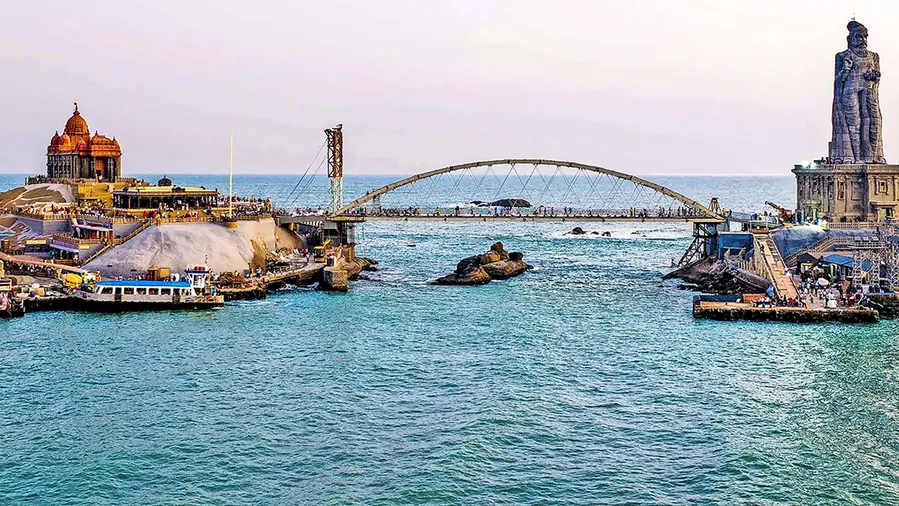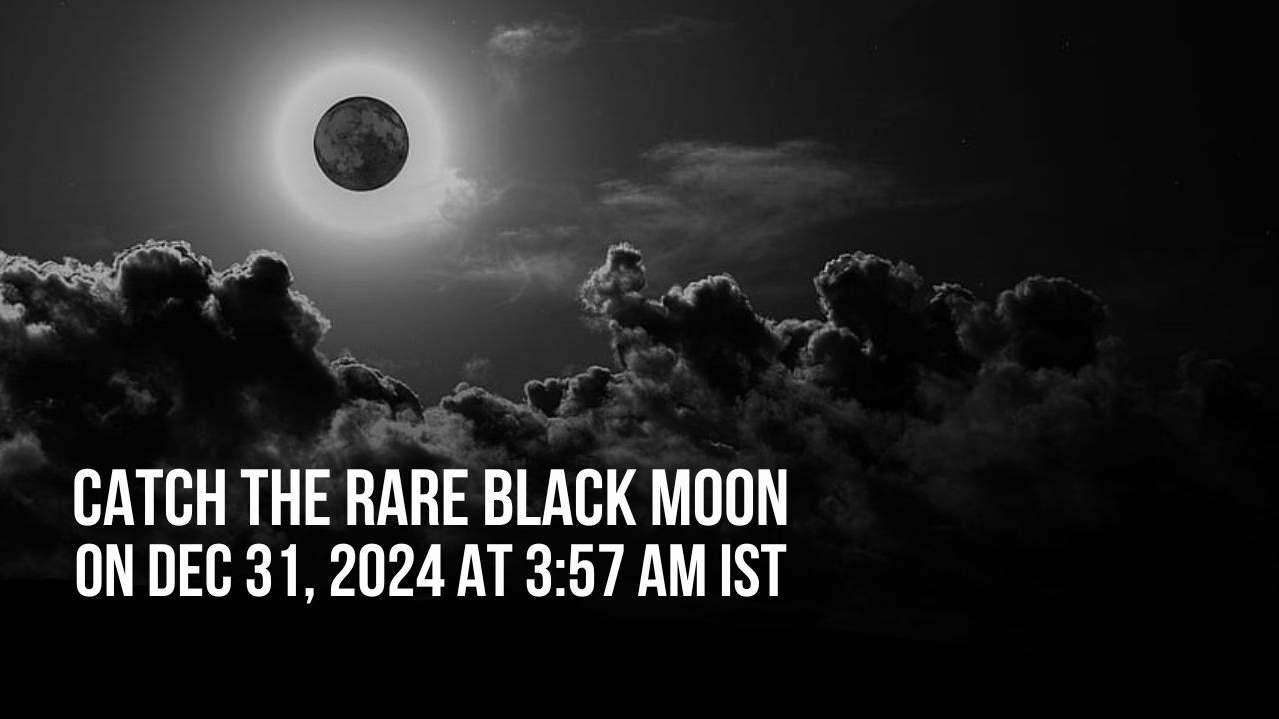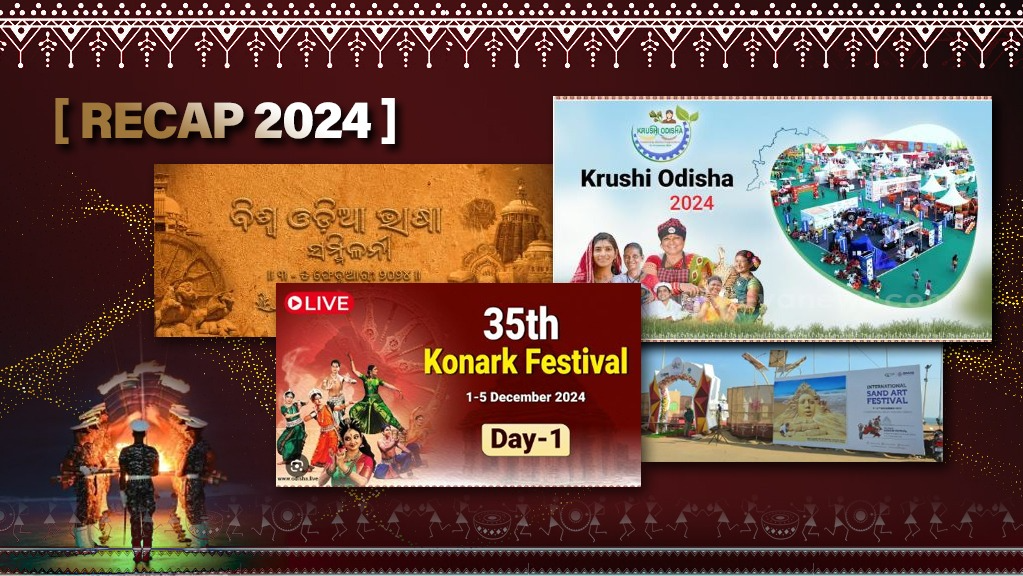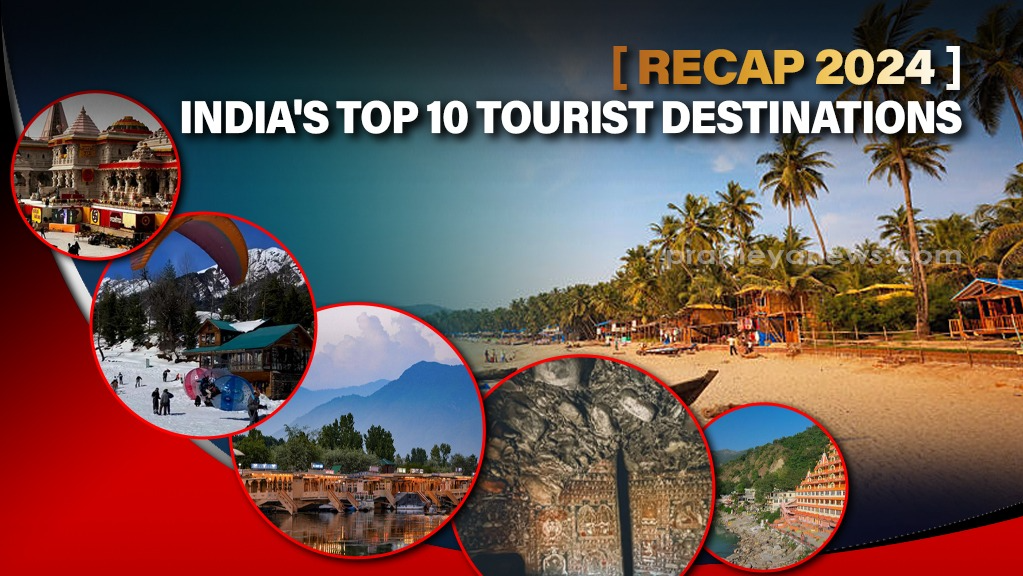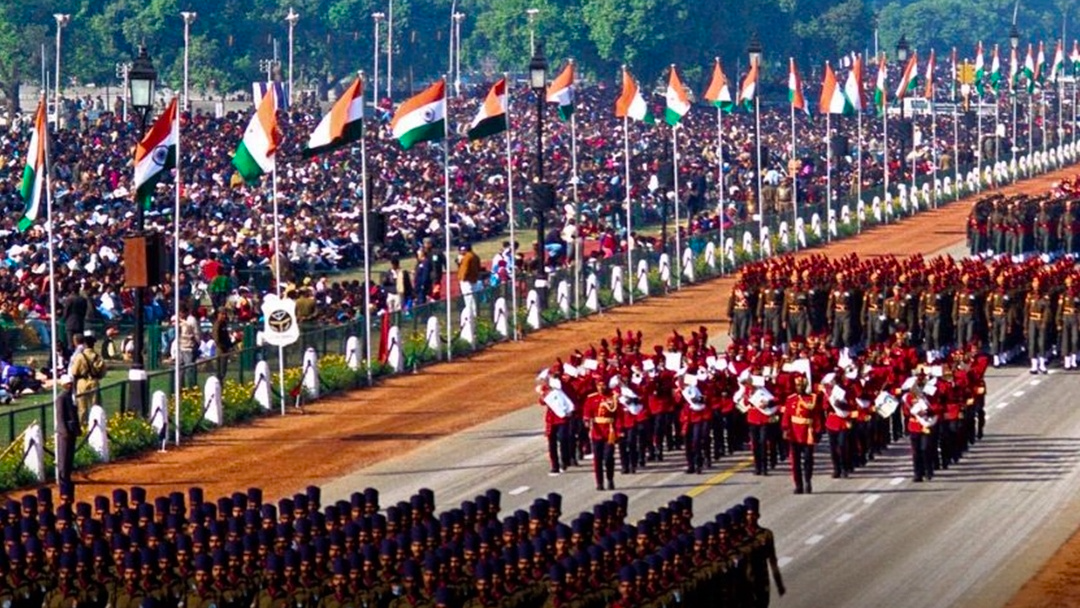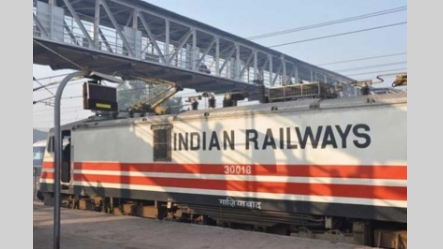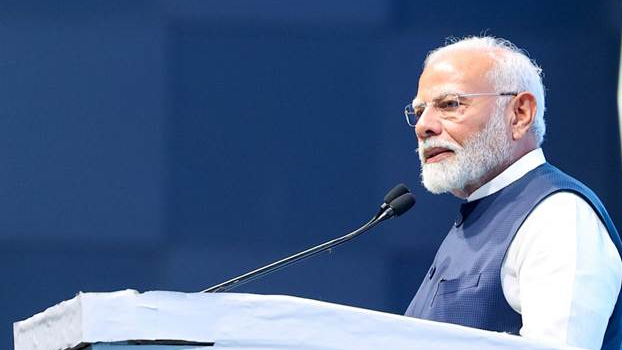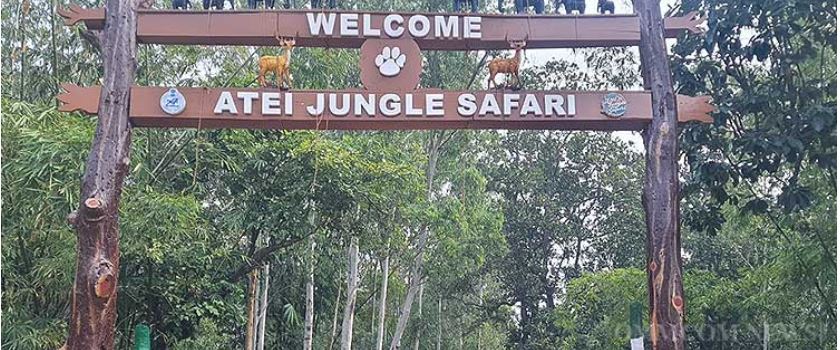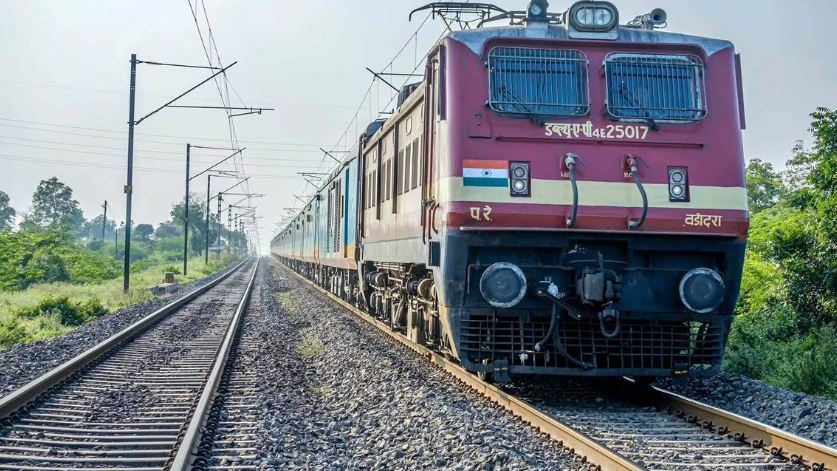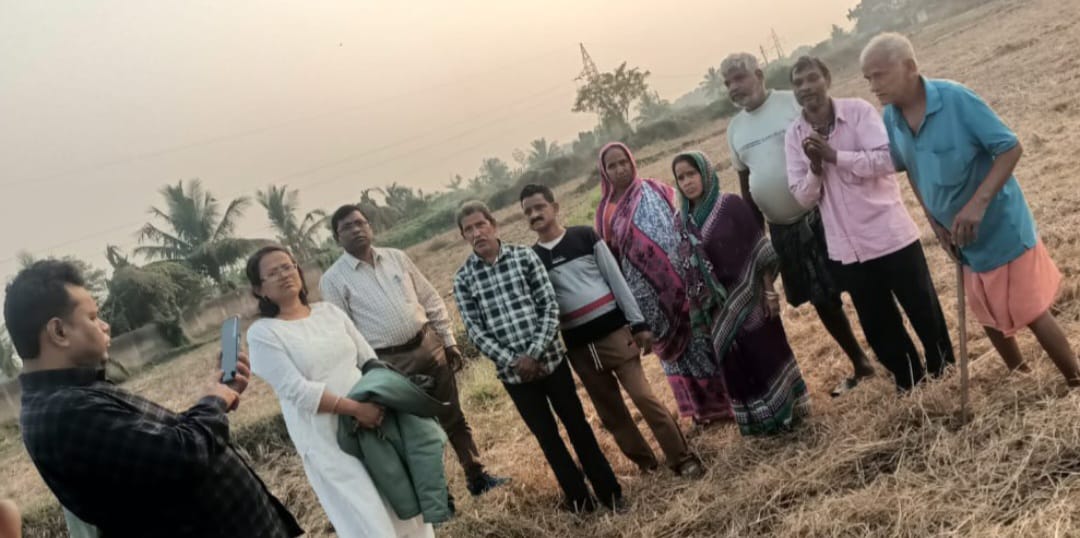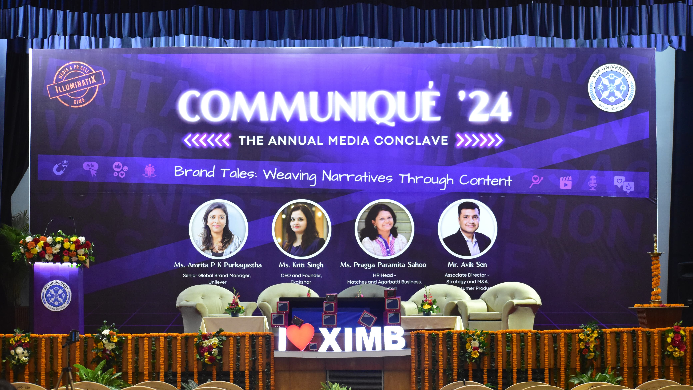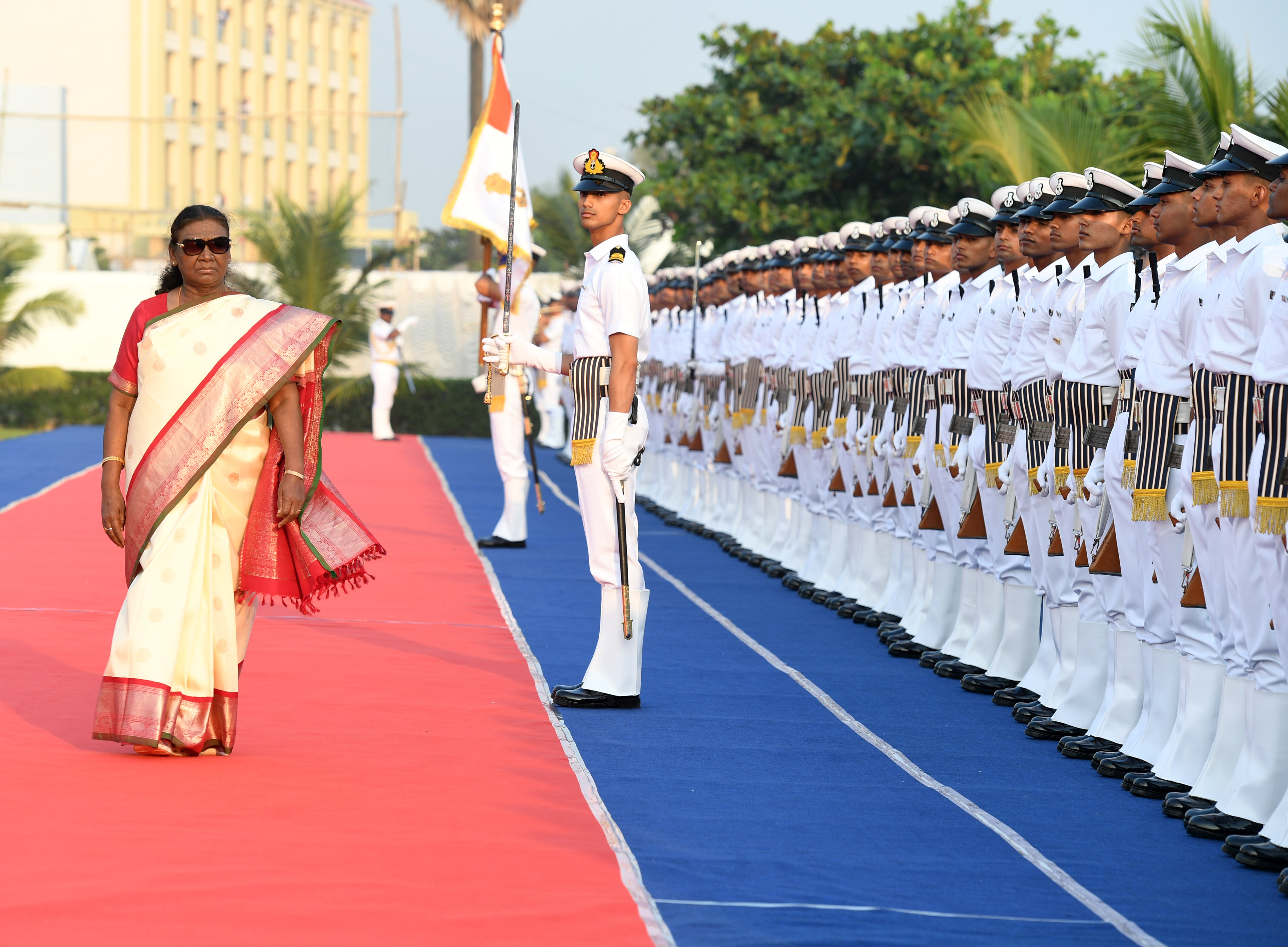In a world where airlines often compete on price and convenience, SriLankan Airlines has taken a different approach, one that delves into the rich tapestry of history and mythology. Their new advertising campaign, aptly titled "Ramayana Trail," is a captivating blend of storytelling, cultural heritage, and strategic marketing.
The campaign cleverly leverages the enduring appeal of the Ramayana, one of Hinduism's most beloved epics, to attract tourists, particularly from India, who share a deep connection with the tale. By showcasing real-life locations in Sri Lanka associated with the legendary saga, the airline offers a unique pilgrimage-meets-holiday experience, inviting travelers to walk in the footsteps of their revered heroes and experience the story firsthand.
Cinematic journey through time:
The advertisement itself is a masterpiece of visual storytelling. It opens with a curious young boy questioning his grandmother about the reality of the Ramayana. As they journey through Sri Lanka together, she unveils the living legacy of the epic, revealing actual locations that correspond to key events in the story.
Through a seamless blend of animation and stunning cinematography, the ad transports viewers to:
Ravana's cave: Hidden amidst lush greenery, this cave is believed to be the place where Sita, the wife of Lord Rama, was held captive by the demon king Ravana.
The site of Hanuman's capture: A picturesque landscape where the monkey god Hanuman was apprehended while searching for Sita.
Ruins of Ravana's Palace: A sprawling complex where Hanuman wreaked havoc in retaliation for Sita's abduction, showcasing the might of the devoted warrior.
Ram Setu: A series of limestone shoals connecting India and Sri Lanka, believed to be the remnants of the legendary bridge built by Lord Rama's army to reach Lanka.
Sanjeevani Mountain: A verdant peak where Hanuman, displaying his extraordinary strength and devotion, retrieved the life-saving herb to revive Lakshmana, Rama's brother.
The Battlefield: A vast expanse where the climactic battle between Rama and Ravana took place, marking the triumph of good over evil.
This immersive experience, enhanced by the grandmother's evocative narration, not only showcases Sri Lanka's rich cultural heritage but also appeals to the deep-rooted emotional connection many Indians have with the Ramayana.
Navigating the complexities of Cultural Tourism:
While the campaign has garnered widespread acclaim, it also raises important questions about the delicate balance between cultural preservation and commercialization.
Respectful representation: SriLankan Airlines has a responsibility to ensure that the portrayal of the Ramayana is accurate, respectful, and avoids any misinterpretations or distortions that could offend religious sensitivities.
Sustainable Tourism Development: The potential influx of tourists inspired by the Ramayana Trail necessitates careful planning and infrastructure development to ensure the sustainability of these sites and minimize any negative impact on the local communities and environment.
Strengthening Bilateral Ties: The campaign has the potential to foster stronger cultural ties between India and Sri Lanka, promoting understanding and appreciation of shared heritage. However, it's crucial to ensure that the narrative remains inclusive and doesn't inadvertently promote any divisive ideologies.
Beyond the Marketing Blitz:
The success of this campaign will depend not only on its ability to attract tourists but also on its long-term impact on cultural preservation and the relationship between India and Sri Lanka.
By promoting responsible tourism and fostering cross-cultural understanding, SriLankan Airlines can leverage this campaign to create a lasting legacy that benefits both the tourism industry and the communities involved. Watch the video:
(Video Courtesy: SriLankan Airlines)
DISCLAIMER: This brief synthesizes information from various public sources and offers the author's own insights and analysis on the subject matter.













